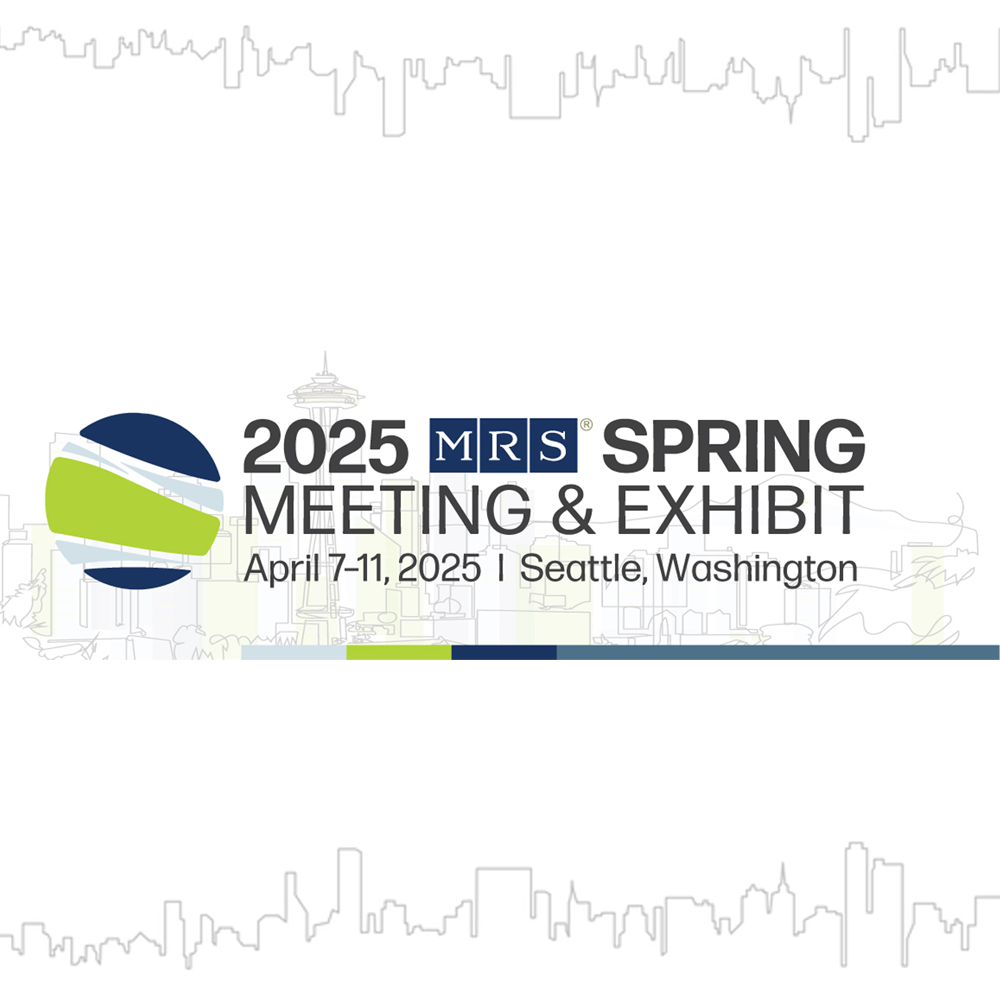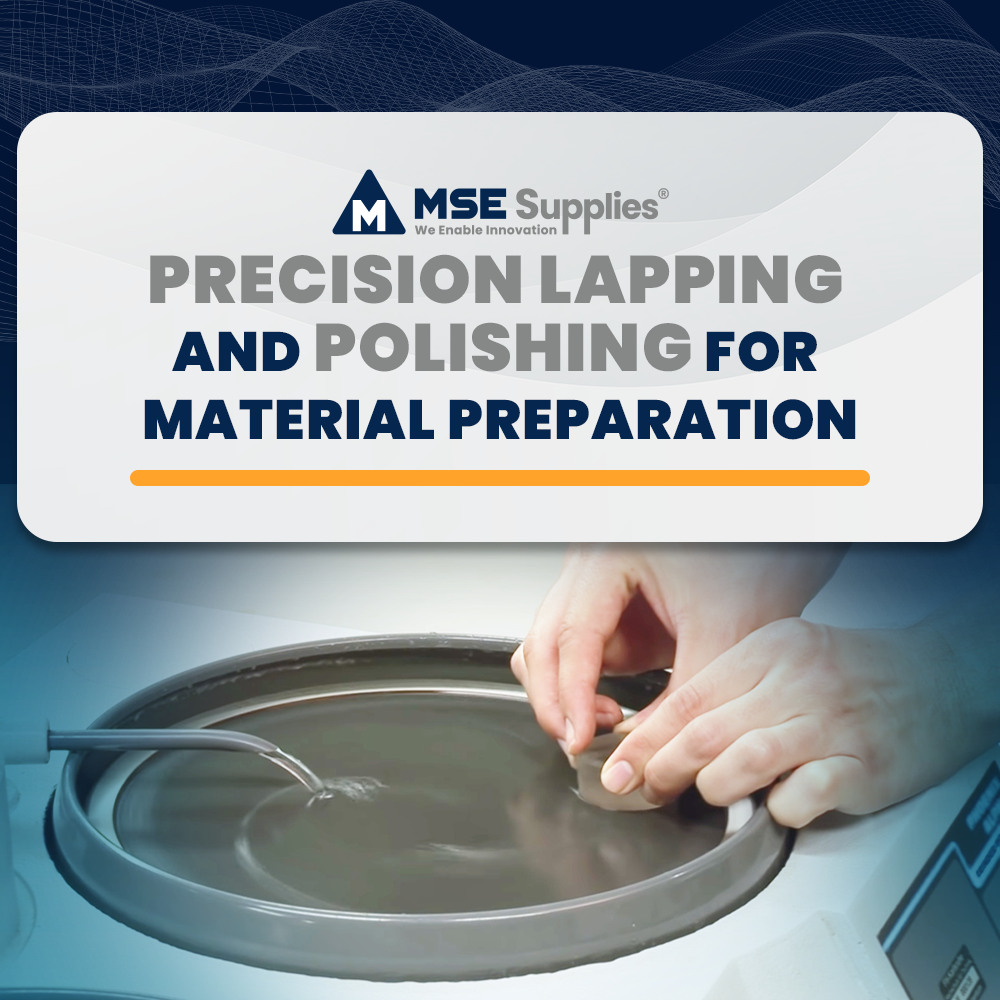Powder Resistivity and Compaction Density Measurement for Cost Reduction and Performance Boost
Posted by Marketing Team on

What is a Powder Resistivity and Compaction System?
Powder Resistivity and Compact Density Systems (PRCD) are used to measure powder resistivity, compaction density, deformation and rebound thickness under different pressures. The above properties of powders are the key indicators for battery performance since the electronic conductivity of materials is affected by particle size distribution, the contact state between particles and electrical conductivity.

Each measurement only takes a minute to be finished by PRCD. This is suitable in various aspects including R&D research, quality control and cost reduction for production.
Below are the cases that used PRCD in various applications.
1. Accelerate Research and Development
It has been found that mixing cathodes in various formulations can improve electrode performance. It typically requires several testing techniques to evaluate cell performance with mixed cathodes such as cycle performance, rate performance and safety performance. With the PRCD system, the electrical and mechanical properties of different ratios of mixed cathodes can be analyzed under different pressures. By understanding the relationship between the above parameters of cathode powders and the cell performance, this PRCD system can become an effective technique for determining the optimal mixing ratio of cathode materials as a screening process.
Below are examples of different ratios of mixed cathodes.


2. Cost Reduction for Production
Quality Control
The properties of battery materials such as active materials and conductive additives can significantly affect battery performance. Therefore, the quality control of powder materials is critical. The particle size and distribution are closely related to battery capacity, internal resistance, battery life, etc. Compaction density is one of the key factors affecting battery performance. The PRCD equipment has been used to effectively monitor batch stability and evaluate the difference in process modifications. The defective batch of powders can be found effectively before electrode production. Below is an example of using PRCD to understand the relationship between compaction density and resistivity under different pressures between different materials.

Process Optimization
Based on extensive research and the experience of our users, the detection of parameters such as resistivity and compaction density of active material powder is referred to as an effective means of predicting final battery performance.
It can be used for evaluating different fabrication processes for active material and process optimization. One of the applications was to determine the optimal fabrication process for silicon-based anode powders. Using PRCD to compare the resistivity of different batches of silicon-carbon anodes under different pressures allows them to quickly identify batch anomalies. This can significantly improve production efficiency and product quality.
Below is the case study from one of the users to evaluate different fabrication processes and batches for silicon carbon powder.




From the data above, it can be seen that powder resistivity and compaction density (Fig. 2 and Fig 3) have certain correlations with final cell performance. In addition, the batch abnormalities can also be identified by powder resistivity measured by PRCD. GA-4 showed abnormally higher resistivity than the other three batches. In battery performance, GA-4 also showed lower capacity.
Powder Resistivity and Compaction Density (PRCD) systems emerge as indispensable tools, enabling rapid analysis of critical battery powder properties. Ranging from mixing ratio optimization to batch consistency assurance and predicting final cell performance, the PRCD system provides a technology base to accelerate battery performance.
Through the hands-on work and case studies, the connection between powder resistivity, compaction density, and battery performance is seen, and it is pretty evident. The use of PRCD technology not only ensures process efficiency but also enables fault detection as well as performance prediction, thus propelling studies and manufacturing of batteries forward. Partner with MSE Supplies, your trusted research supply company, to help you harness the power of PRCD systems tailored to your specific needs.
Ready to elevate your battery research and production? Contact MSE Supplies or email us at sales@msesupplies.com to explore our PRCD systems tailored to your needs and to learn about our sample testing service to experience the precision firsthand.
Share this post
- Tags: Brands - MSE PRO, Industry - Lithium Battery & Renewable Energy, Products - Lithium Battery Materials & Tools



